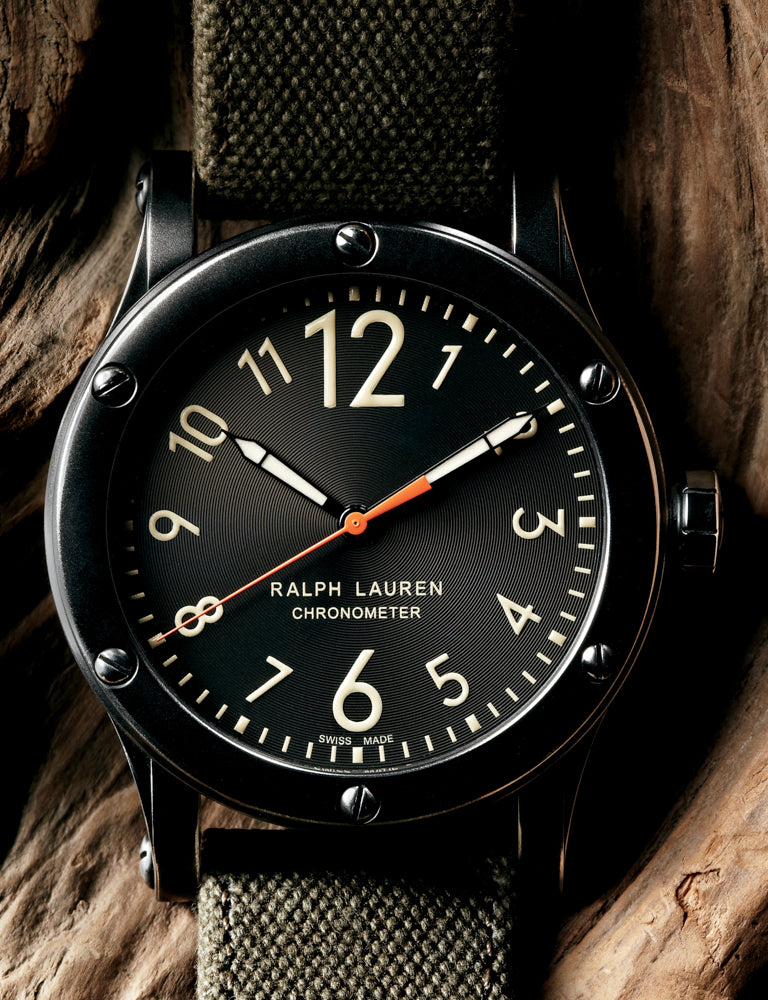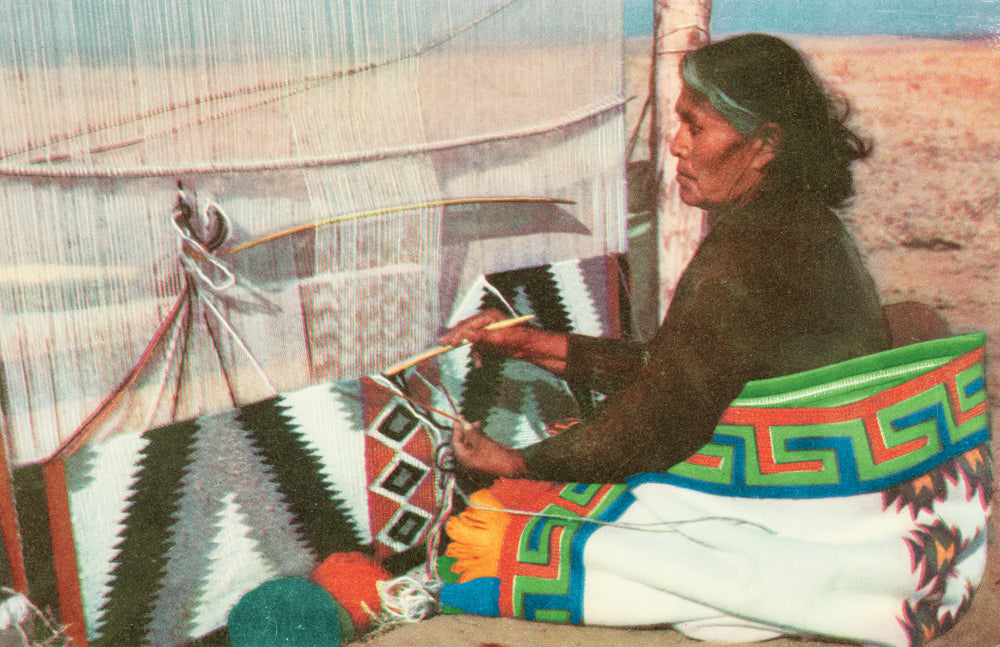
R.L. Winston
R.L. WINSTON


Fly-fishing is a classic analog pursuit. While some new materials have been introduced to rods and reels, it remains largely untouched by the modern age. It’s a pursuit defined by rhythm, technique, and the long view. There are no short cuts, there’s no easy way. One expert angler recently reminded me: “Rushing never helps anything when you’re fly-fishing.” That was his polite way of suggesting that I slow down my cast. And, of course, he was right.
No angling object is as suggestive and timeless as a bamboo rod — it’s what Izaak Walton and Winslow Homer used, not to mention Nick Adams in Hemingway’s classic story Big Two-Hearted River. Technology moves apace — there are lighter materials now, composites that deliver high performance. Bamboo goes against the current, you might say. That just makes it all the more reassuring that you can still get a custom-made bamboo rod under the expertise at R.L. Winston, in Twin Bridges, Montana (population 373).


It’s a beautiful object that is not at all about luxury. It’s not built to hang on your wall — though nobody would blame you if you just wanted to stare at it. It exists in the world to be used. Winston makes rods from boron and other aeronautical materials in their state-of-the-art facility. In stark contrast, they make bamboo rods in a garage-like space right nearby. They’ve done this since their founding in 1929, which is very impressive. They continue to make dozens of rods a year, exclusively on demand, for discerning anglers all over the world.
First you decide if you want a two or three- piece rod, then select the length, line weight, and other details, like the type of wood in the reel seat (zebrawood perhaps?). Most popular are 7 1/2 or 8 feet and 3 or 4 weights — perfect for delicate presentation on smaller waters.


“The secret of making a good bamboo rod is essentially the same as being a good angler. It’s the eyes and the patience.”
A bamboo rod is not the equivalent of wax- ing the ends of your mustache or wearing knick- erbockers—it’s no impractical costume meant to attract attention. It’s more like driving an antique Jaguar that still performs beautifully, even if it’s not the fastest car on the track. It’s about something that has been refined to work as well as the materials allow, as well as it pos- sibly can. That imparts a peace of mind that enables you to put your best fly forward, to be the platonic angler you imagine yourself to be.
Winston’s production manager Annette McLean goes to work in her shop, which is not unlike a cluttered garage. In a way, it’s like the intimate, no-nonsense studios on Savile Row where exquisitely tailored suits have been made for generations. She splits a large piece of cane into five or six long strips (you can choose between the faster action of the pentagon-shaped rod, or the more traditional six-sided one) and then it’s sanded again and again.

They’re milled in a custom-built oven, carefully matched and fitted together by hand. Then they’re affixed with line guides, finished, and inscribed with a serial number. The secret of making a good bamboo rod is essentially the same as being a good angler. “It’s the eyes and the patience,” McLean says.
Only four people, one of whom is mostly responsible for it, make the rods. McLean, an accomplished angler, has been building rods for decades. She knows that craftsmanship cannot be rushed. The staff work on a few rods at a time, which can take months to finish. And, like a fine suit that comes with a second set of trousers, a Winston rod comes with a spare tip — though they will happily make any needed repairs. The cost is around $3,000.



“It’s about something that has been refined to work as well as the materials allow, as well as it possibly can. That imparts a peace of mind that enables you to put your best fly forward, to be the platonic angler you imagine yourself to be.”
What attracts people to bamboo rods, when there are graphite rods that are cheaper and lighter? For some it’s because they learned to cast on their grandfather’s cane rod. Others love the feel and touch of casting with one. Some of Winston’s newest boron-graphite composites use the same materials that go into a B-2 bomber. A bamboo rod, on the other hand, is often made from cane that is over fifty years old.
There is an undercurrent of history in fly-fishing, and bamboo rods are part of that tradition. A bamboo rod should perform faultlessly — it should also be a class act from the first time you use it. After all, they’ve been working from the same template for decades. Could McLean tell the difference between a rod from fifty years ago and one she just finished? “I hope not,” she confides. And for classicists, that’s a beautiful thing.


